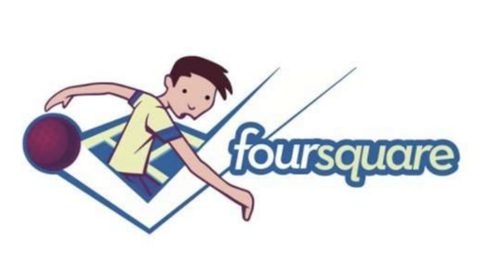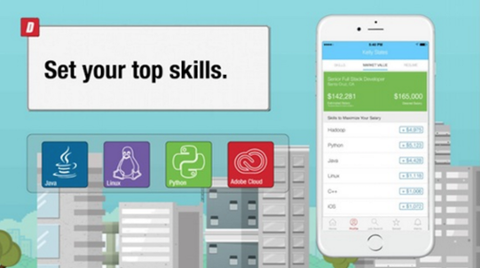- Title or Elevator Pitch (describing core issue)
- Market Opportunity
- Product/Service
- Marketing Plan
- Revenue Model
- Competitive Analysis
- Management Team
- Current Status
- Investment Request
Your Ideal Startup Pitch Deck
Picture this scenario: You had a great idea for a product, and launched a startup to build that product. Now you need to solicit funding from venture capitalists and other sources if you want to keep going. What does your ideal pitch deck look like? Templates for “successful” pitch decks are a dime a dozen, with most containing some combination of the following elements:



